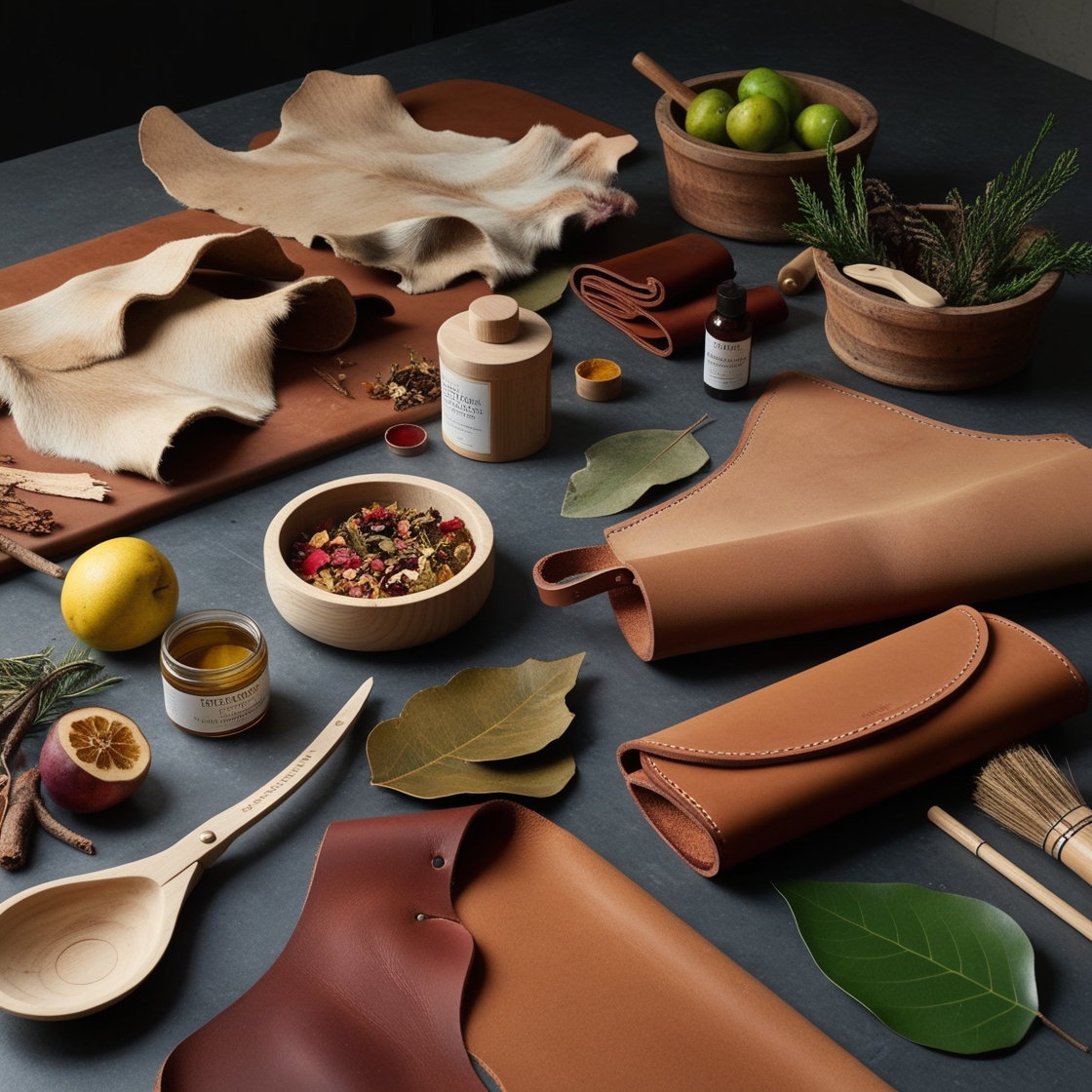Introduction to Vegetable Tanning
Vegetable tanning is a timeless method that transforms raw hides into exquisite leather using natural materials. This eco-friendly process not only preserves the beauty of the leather but also enhances its durability. In this article, we’ll delve into the history, techniques, and benefits of vegetable tanning.
What is Vegetable Tanning?
Vegetable tanning involves using tannins, which are natural compounds found in plants, to treat animal hides. This method has been practiced for centuries and is known for producing high-quality, biodegradable leather.
The History of Vegetable Tanning
From ancient civilizations to modern artisans, vegetable tanning has a rich history rooted in tradition and craftsmanship. Understanding its origins can deepen your appreciation for the process.
The Vegetable Tanning Process
1. Selecting the Right Hides
Choosing the right animal hides is crucial for successful tanning. Common choices include cow, goat, and sheep hides, each offering unique characteristics.
2. Preparing the Hides
Preparation involves cleaning and soaking the hides to remove hair and impurities. This step is essential for achieving a smooth finish.
3. Tanning with Natural Materials
The heart of vegetable tanning lies in the use of plant-based tannins. Common sources include:
- Tree Bark: Oak, chestnut, and hemlock are popular choices.
- Leaves: Various leaves can also contribute tannins.
- Fruits: Some fruits, like sumac, offer effective tanning properties.
4. Drying and Finishing
After tanning, the leather is dried and finished to enhance its appearance. This step often includes conditioning and coloring to achieve the desired look.
Read more about How Leather Tanning Works: A Complete Guide
Benefits of Vegetable Tanning
1. Eco-Friendly
Vegetable tanning is a sustainable option that minimizes environmental impact. By using natural materials, it produces biodegradable leather that is safer for the planet.
2. Unique Character
Each piece of vegetable-tanned leather has its own distinct character, often developing a beautiful patina over time. This uniqueness makes every item special.
3. Durability and Longevity
Vegetable-tanned leather is known for its strength and durability. With proper care, these items can last for generations, making them a worthwhile investment.
Tips for Working with Vegetable-Tanned Leather
1. Embrace the Natural Look
Celebrate the natural imperfections and variations in vegetable-tanned leather. These features add character and authenticity to your projects.
2. Use Natural Dyes
When coloring your leather, opt for natural dyes to maintain the eco-friendly aspect of the material. This keeps the leather looking vibrant without harmful chemicals.
3. Condition Regularly
To keep your leather supple and prevent drying, apply natural leather conditioners regularly. This will enhance its longevity and appearance.
Creative Projects Using Vegetable-Tanned Leather
1. Handcrafted Bags
Create beautiful, unique bags that showcase the rich textures and colors of vegetable-tanned leather.
2. Leather Wallets
Design functional yet stylish wallets that age gracefully with time, developing a rich patina.
3. Personalized Accessories
Use vegetable-tanned leather to craft personalized accessories like keychains or bracelets, adding a touch of individuality to your creations.
Conclusion
Vegetable tanning is a sustainable and artistic method that transforms hides into stunning leather goods. By understanding the process and benefits, you can create beautiful, long-lasting items that reflect your commitment to quality and craftsmanship.
